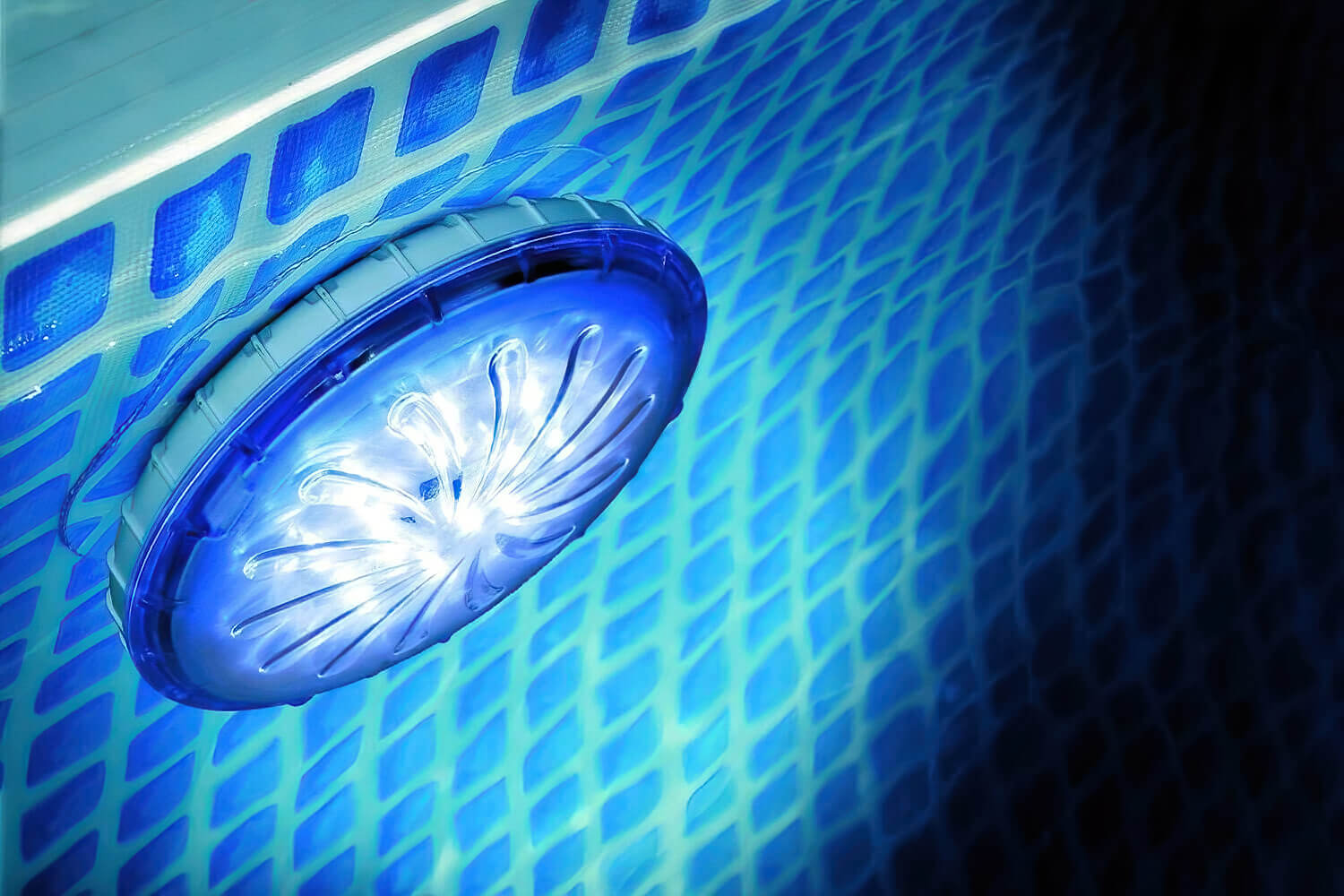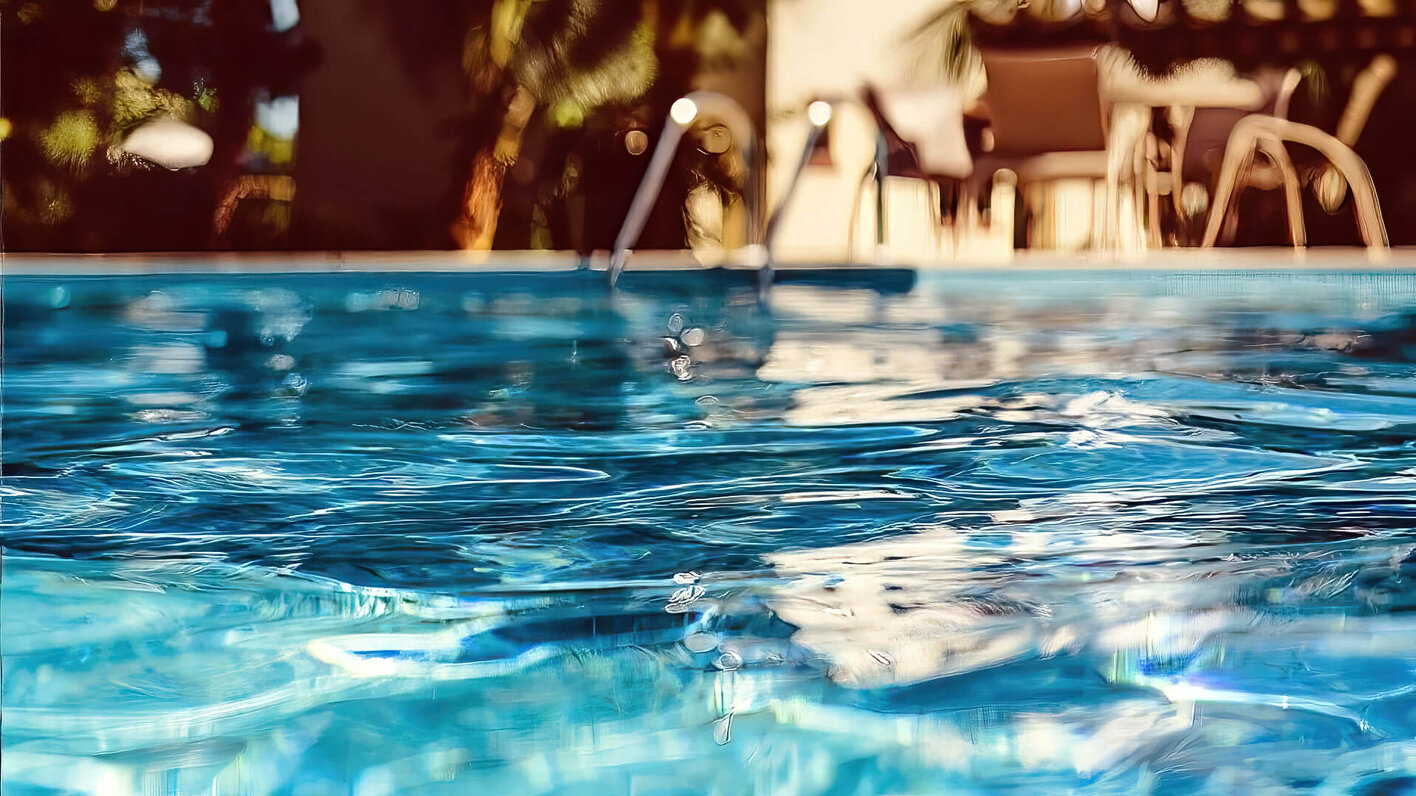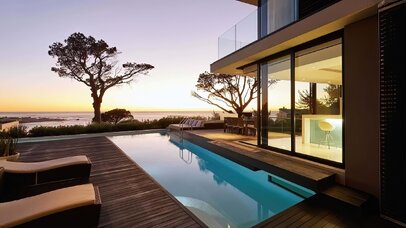A pool day in the backyard with your friends and family can be fun and rejuvenating, especially on sweltering summer days.
However, even though having your backyard swimming pool is exciting, it has its drawbacks. For one, the pool’s annual maintenance cost can be exorbitant. Besides, heating the swimming pool to a suitable temperature consumes tremendous energy.
But the good news is that there are ways you can reduce the costs of heating your pool and make it more energy-efficient. This guide will look at some energy-efficient ways to heat your pool.
So, without further ado, let’s begin!
Why You Need An Energy Efficient Pool?
A splash in the swimming pool on scorching summer days can be delightful, but the spike in energy costs is massive. Optimising your pool in such a case is essential and makes it more energy-efficient. The best way to do this is to reduce the energy required for pool heating.
Besides, energy-efficient pools are more eco-friendly as you are not continuously heating them using conventional methods. Alternatively, solar-powered pools are highly convenient and reduce heat released into the environment.
Taking a holistic approach toward pool care will reduce your household’s electricity consumption and help save a lot of money. In addition, a well-balanced water temperature will reduce your maintenance duties as it keeps algae growth at bay.
As such, sustainable swimming is in vogue, and more and more pool owners globally are looking for ways to improve the energy efficiency of their pools.
Tips On Making Your Pool Energy Efficient
Out here, we have listed a few tips through which you can make your pool more eco-friendly. So, let’s take a look.

1. Use Pool Covers
Evaporation is one of the chief reasons for any pool’s excess energy consumption. Pool covers provide insulation and reduce water evaporation. Installing a pool cover when not in use will reduce water loss and warm the pool water.
There are several types of pool covers. One of the most popular ones is thermal covers that provide the necessary insulation to your pool and trap the water’s heat by preventing evaporation.
Alternatively, you can choose solar bubble blankets (also known as solar pool covers) with air pockets that absorb the sun’s heat to warm the pool water.
We also have automatic pool covers that are retractable and significantly safer. Besides, they reduce heat loss through evaporation and, therefore, reduce your energy bills.
2. Install Windbreaks
Another fantastic way of preventing water evaporation is by installing windbreaks. Since blowing winds can reduce a pool’s temperature and lead to water evaporation, blocking their passage to the pool is essential.
You can do this by installing windbreaks such as hedges, trees, etc., around the pool, improving its energy efficiency.
3. Opt For Solar Power
The sun is a natural heat source for your pool, so why not use it to its maximum potential? Consider investing in a solar pool by installing solar panels. They will harness the sun’s energy to heat your pool. This, in turn, will minimise your energy use.
But remember that you will need to cover the pool to prevent water loss. This method is not feasible if you don’t have sufficient space to install solar panels, so consider contacting a professional pool installation company for the right advice.
4. Use Energy Efficient Pool Pumps
One of the best ways to reduce pool heating costs is by using energy-efficient devices. You’ll need a proper filter system, pumps, and heaters. While purchasing these pool equipment, consider Energy Star Certification to ensure efficiency. In addition, make sure that the devices you buy are compatible with your pool’s size.
Most homeowners opt for a variable-speed pool pump, allowing users to alter the speed. Besides, it delivers excellent energy efficiency compared to single-speed pumps.
While on pool pumps, here’s a quick overview of each type. As you might already know, pumps are the most crucial component of a swimming pool. A pump circulates water and mixes chemicals while keeping algae away from the pool. Therefore, investing in a premium-quality pump that is adequate for your pool is vital.
Single-speed pumps are highly affordable but run at high speed. This makes them quite noisy, and they consume a lot of energy. On the other hand, variable-speed pumps run at different levels and are more energy-efficient.
5. Upgrade Your Filtration System
It is always better to use a large filter since it has more surface area and allows water to flow quickly, reducing the pressure on the pump. You can also replace the old filter in your pool with a modernised one. Most pool owners opt for a cartridge filter since it is energy-saving. It requires less backwashing while providing excellent filtration.
The better your filtration unit is maintained and clean, the less pressure is exerted on the pump to sanitise and circulate the pool. Thus, it uses less electricity, saving you money on filter maintenance and replacement.
6. Install Automatic Pool Cleaners
Automatic cleaners for pools and self-cleaning pools will reduce the pressure on your pool pump and filters. This, in turn, will save energy as their running cost is reduced. The treated water from automatic pool cleaners is sent back to the pool, thus minimising heat loss from the pool’s surface. In addition, it minimises manual maintenance and reduces the necessity of adding more chemicals to the pool.
You must run the pool cleaners for four hours during summers and three hours during winters. You can run it longer or until the pool is clean on windy or dusty days.
7. Maintain A Stable Pool Temperature
You must maintain a stable water temperature to make your pool more energy-efficient. Keep the pool heating system at its lowest and lower the thermostat setting if you have a heat pump. Reducing the water temperatures will combat algae growth and put less pressure on your filter system. Ideally, you’ll need only 25 to 28 degrees Celsius for active and recreational use.
In addition, switch off the heater when your pool isn’t in use. These small steps can go a long way in ensuring energy savings.
8. Check The Plumbing System
A poorly designed pool with narrow pipes and tight plumbing runs can increase your electricity cost as it’ll pressure the pump to work more for adequate water circulation and sanitisation. So, if you plan to renovate your swimming pool, upgrade its plumbing system to save on energy bills.
9. Use Environment-Friendly Tools
Earlier, pools would have incandescent lighting and halogen globes that consumed a lot of electricity. An eco-friendly alternative is LED lighting, which saves around 80% more energy than traditional pool lighting and lasts longer.
Most new swimming pools have LED lights installed, but we recommend contacting a qualified electrician and installing LEDs if your pool is older. This way, you can save money you would have otherwise spent on bulb replacement.

How To Reduce Energy Consumption By A Pool Pump?
If your electricity bills are skyrocketing, the pool pump might have a massive role to play in it. A pool pump can add as much as $300 per year to your electricity bill. Therefore, you should replace the pump when you try to make your pool more energy efficient.
You can lower your pool pump energy bill by opting for an Energy Star Certified variable speed pump. Also, the pump needs to be of an appropriate size, and you can contact a licensed electrician if you need guidance on the right pump size.
Please note that you don’t have to run the pump daily to clean the swimming pool water. If the pump is installed as per the pool’s size, it can work for a few hours daily and remain dormant otherwise. Installing energy-efficient equipment can save a lot of power and money. So, be careful while making a choice.
Time To Make Your Pool Energy Efficient
That’s all, folks!
Those were some of the best power-saving tips that can improve the efficiency of your pool, make it more sustainable, and reduce your electricity bills.
If you do not have the budget to incorporate these changes, something as simple as using a pool cover can prevent evaporation and go a long way in reducing your swimming pool heating costs. So, before jumping into the pool this summer, upgrade the appliances and add a cover to reduce energy costs.



